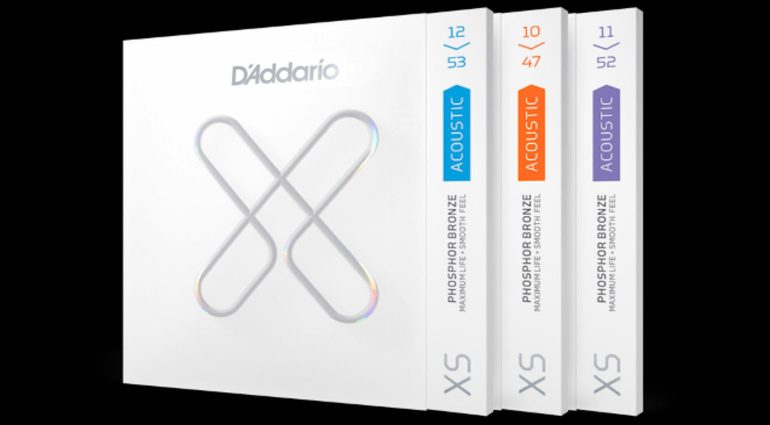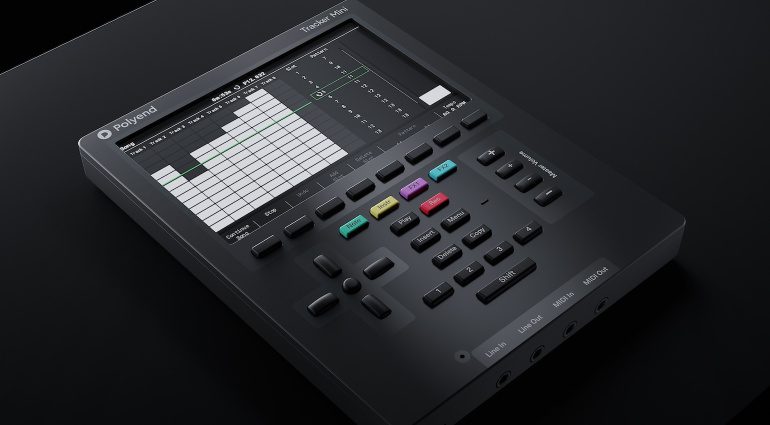Google has a new mid-ranger to offer, the Pixel 8a. We’ve already compared this brand-new smartphone with several of its Pixel siblings, and we’re here to do the same with another one, an older one. We’ll be comparing the Google Pixel 8a vs Google Pixel 5a 5G (which we’ll refer to as the Pixel 5a from now on). The Pixel 5a is an older device at this point, as it launched in August 2021.
Some of you are probably still holding onto the Pixel 5a, and are wondering whether to upgrade or not. Well, we’ll try to help you out with that choice in this article. We’ll first list the specs of each smartphone, and will then compare them across a number of other categories. With that being said, let’s get down to it, shall we?
Specs
Google Pixel 8a vs Google Pixel 5a, respectively
– Screen size:
6.1-inch OLED display (120Hz, HDR, 2,000 nits)
6.34-inch OLED display (60Hz, HDR)
– Display resolution:
2400 x 1080
– SoC:
Google Tensor G3
Qualcomm Snapdragon 765G
– RAM:
8GB (LPDDR5)
6GB (LPDDR5)
– Storage:
128GB/256GB (UFS 3.1)
128GB (UFS 3.1)
– Rear cameras:
64MP (wide, f/1.9 aperture, 0.8um pixel size, Dual Pixel PDAF, OIS), 13MP (ultrawide, f/2.2 aperture, 120-degree FoV, 1.12um pixel size)
12.2MP (wide, f/1.7 aperture, 27mm lens, 1.4um pixel size, dual pixel PDAF, OIS), 16MP (ultrawide, f/2.2 aperture, 1.0um pixel size, 119-degree FoV))
– Front cameras:
13MP (f/2.2 aperture, 1.12um pixel size)
8MP (f/2.0 aperture, 1.12um pixel size)
– Battery:
4,492mAh
4,680mAh
– Charging:
18W wired, 7.5W wireless (charger not included)
18W wired (charger included)
– Dimensions:
152.1 x 72.7 x 8.9mm
156.2 x 73.2 x 8.8mm
– Weight:
188 grams
183 grams
– Connectivity:
5G, LTE, NFC, Wi-Fi, USB Type-C, Bluetooth 5.3/5.0
– Security:
In-display fingerprint scanner (optical) & facial scanning
Rear-facing fingerprint scanner
– OS:
Android 14
Android 11 (upgradable to Android 14)
– Price:
$499+
No longer officially available
– Buy:
Pixel 8a (Best Buy)
Pixel 5a (no longer available)
Google Pixel 8a vs Google Pixel 5a: Design
The Google Pixel 8a has Google’s newer design language, so the two phones are not exactly all that similar. They both do have flat displays, and they offer similar curves, but that’s about it. The Pixel 8a has a centered display camera hole, while the Pixel 5a includes a camera hole in the top-left corner. Neither phone has uniform bezels, nor do they have the thinnest bezels around. That’s not surprising considering that they’re both mid-rangers.
If we flip them around, you’ll notice even more differences. The Pixel 8a has a camera visor on the back. It connects to the frame on both left and right sides and spans across the back of the device. That camera visor is covered by metal. The Pixel 5a has a more regular-looking camera island, in the top-left corner. Both smartphones do include two cameras in there, though. The Pixel 5a also has a fingerprint scanner on the back, while the Pixel 8a has an in-display fingerprint scanner.
The Pixel 8a comes with a frame made out of metal and a plastic backplate. The Pixel 5a has a metal unibody build, but its backplate is covered by plastic, so the in-hand feel is not exactly what you think it is. Both smartphones have all their physical buttons on the right-hand side. The power/lock button sits above the volume up and down keys. The Pixel 8a is shorter and narrower than the Pixel 5a, while they’re about the same thickness. The Pixel 5a does have a larger display, though.
You’ll also be glad to hear that both of these phones do offer an IP67 certification for water and dust resistance. Both phones are kind of slippery in the hand too, so keep that in mind.
Google Pixel 8a vs Google Pixel 5a: Display
The Google Pixel 8a features a 6.1-inch fullHD+ (2400 x 1080) OLED display. This panel is flat, supports HDR content, and it has a 120Hz refresh rate. The brightness goes up to 2,000 nits, while the display aspect ratio is 20:9. The screen-to-body ratio on this phone is at around 81%. The Pixel 8a’s display is covered by the Gorilla Glass 3 by Corning. We’ll talk a bit more about that soon.

The Pixel 5a, on the other hand, has a 6.34-inch fullHD+ (2400 x 1080) OLED display. This panel is also flat, and it supports HDR content. The display aspect ratio is 20:9, while the screen-to-body ratio is at around 84%. This display has a 60Hz refresh rate, so it doesn’t have a high refresh rate, unlike its sibling. This panel is also covered by the Gorilla Glass 3 from Corning.
Both of these displays are sharp enough and have good viewing angles. The Pixel 8a’s panel is, however, better. It is not only considerably brighter in comparison, but it offers a high refresh rate. Those two differences are more than enough to consider this a considerably display upgrade. The touch response is good on both, while the display protection could be better. The Gorilla Glass 3 is quite dated at this point, and it’s weird Google opted for it for the Pixel 8a. It’s kind of prone to microscratches, so using a screen protector may not be a bad idea.
Google Pixel 8a vs Google Pixel 5a: Performance
The Google Pixel 8a is fueled by the Google Tensor G3 processor. The phone also includes 8GB of LPDDR5 RAM and UFS 3.1 flash storage. The Google Pixel 5a, on the flip side, comes with the Snapdragon 765G processor. It also uses LPDDR5 RAM, but it offers 6GB of it. UFS 3.1 flash storage is utilized on the Pixel 5a as well. They do have entirely different SoCs, but their RAM and flash storage modules are the same. The Pixel 8a does come with more RAM, though.
The Pixel 5a still performs well, actually. It is not the best or smoothest phone out there, but it gets the job done. The Pixel 8a is better in that regard, though, without a doubt. That’s not surprising as it has Google’s flagship processor which currently fuels the Pixel 8 and Pixel 8 Pro too, the company’s flagships. The Pixel 8a will be snappier in day-to-day usage, that’s for sure. So if you’re not happy with the overall performance of the Pixel 5a, upgrading may not be a bad idea.
What about gaming? Well, the Pixel 5a can play games, though if you’re into truly demanding games, it’s definitely not the best option. Neither is the Pixel 8a, though, however. While it can play the most demanding titles out there, there are better options to get for that purpose, even in the mid-range category. Everything other than demanding games, however, this phone can handle without a problem whatsoever.
Google Pixel 8a vs Google Pixel 5a: Battery
Google’s new mid-ranger includes a 4,492mAh battery on the inside. The Pixel 5a has a 4,680mAh battery pack. We can’t really say what the Pixel 5a’s performance is after three years of use, but if we look at its battery life out of the box, it definitely does a better job than the Pixel 8a. The Pixel 5a actually had great battery life back when we tested the device, and it continued performing great in that regard. So if you’re hoping to get the same battery life when you upgrade, that likely won’t happen.
Still, do note that the Pixel 8a is showing promising results in terms of battery life, based on initial findings. So while you may not get the same battery life as in the Pixel 5a, the Pixel 8a will deliver in that regard. It all depends on how you use your phone, of course. There are so many factors that count into battery life results that we can’t really know for sure. Your mileage may vary quite a bit.
In regards to charging, both of these phones support 18W wired charging. The Pixel 8a also supports 7.5W wireless charging. While the Pixel 8a does not include a charger in the box, the Pixel 5a does. So do take note of that if you’re buying the Pixel 8a, as you’ll need to get a charger on the side if you don’t already own one.
Google Pixel 8a vs Google Pixel 5a: Cameras
Both of these phones have two cameras on the back, but their setups are different. The Google Pixel 8a includes a 64-megapixel main camera, which is combined with a 13-megapixel ultrawide unit (120-degree FoV). The Pixel 5a, on the flip side, has a 12.2-megapixel main unit, combined with a 16-megapixel ultrawide camera (119-degree FoV). The Pixel 8a does have bigger sensors and generally better camera hardware.


Google’s image processing plays a huge part in camera performance on Pixel smartphones, though. Thanks mainly to that processing, the Pixel 5a still provides good photos. The Pixel 8a does have it beat in basically every way, though. The images that the Pixel 8a provides end up looking sharper, and more detailed if you really look for it. Both phones do provide contrasty shots, though, as you’re used to from Pixel smartphones.
In low light, you’ll notice less noise in the Pixel 8a shots, and they end up looking better overall. They provide more detail and so on. The Pixel 8a is simply a newer smartphone with a better camera setup, and it does better on that front. The Pixel 5a is still a perfectly fine camera for most people, though. In case you’re wondering about telephoto images, the Pixel 8a will do a better job, as it has better processing for its digital zoom, but neither phone will do great as neither has a telephoto camera.
Audio
Stereo speakers are included on both of these smartphones. The ones on the Pixel 8a did sound a bit better to us, though, while the loudness is somewhat similar. Both sets of speakers are well-balanced, but they’re nowhere near the best we’ve heard.
If you need an audio jack on your phone, the Pixel 5a is the only choice here. The Pixel 8a does not include an audio jack, though you can always utilize its Type-C port. The Pixel 8a comes with Bluetooth 5.3, while the Pixel 5a offers Bluetooth 5.0… in case you want to connect your headphones wirelessly.





